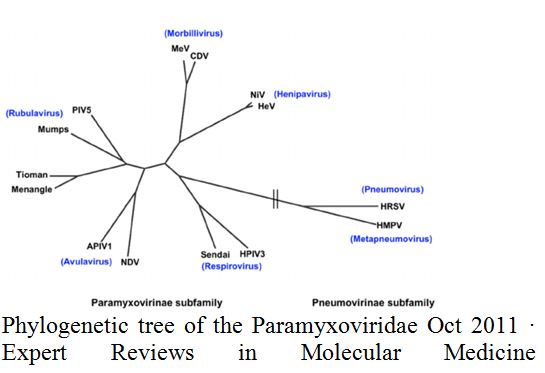
Sarah Louise Cosby
Queen’s University Belfast & Agri-Food & Biosciences Institute, UK
Title: Paramyxovirus receptor interactions: Importance in understanding cross species infection, vaccine design and disease treatment
Biography
Biography: Sarah Louise Cosby
Abstract
Viruses make use of cell receptors to both enter the cells and regulate cellular processes. We examined 2 important aspects of virus receptor interactions in members of the Paramyxoviridae, measles virus (MV), veterinary viruses (also in morbillivirus genus) and respiratory syncytial virus (RSV), a major cause of bronchiolitis in infants. MV can cause severe complications such as giant cell pneumonia and acute post measles encephalitis. More rarely fatal infections of the CNS, subacute sclerosing panencephalitis and in immunosuppressed individuals, measles inclusion body encephalitis occur. The World Health Organization (WHO) has set goals towards the complete eradication of MV in at least five WHO regions by 2020. We determined that both MV and RSV infection up-regulates TRPV1, TRPA1 and ASICS 3, airway receptors implicated in cough hypersensitivity and broncho-constriction in asthma and chronic obstructive pulmonary disease. We and others have also shown that veterinary morbilliviruses share common cell entry receptors with MV raising the risk of zoonotic infection. MV is thought to have evolved from the now eradicated cattle morbillivirus, rinderpest, by entering the human population during cattle domestication. This highlights the potential consequences of complete withdrawal of MV vaccination after eradication. MV vaccine is live attenuated and has very low risk of reversion, but is unlikely to be acceptable in a MV free world and may only give partial protection against morbillivirus zoonotic infection. Formalin fixed MV and RSV vaccines were used for a period in the 1960’s, but induced an altered immune response and death of some children following later infection. Based on our understanding of cross species infection new vaccines will be required. In conclusion, receptors are important players in cross-species infection as well as drug targets. Approaches to inhibit airway receptors during virus exacerbations, cell entry receptors for MV and veterinary morbilliviruses and vaccine approaches will be discussed.
Recent Publications
- Omar S, Clarke R, Abdullah Brady CH, Corry J, Winter H, Touzelet O, Power UF, Lundy F, McGarvey LPA, Cosby SL (2017) Respiratory Virus Infection Up-Regulates TRPV1 and ASICS3 Receptors on Epithelial and Neuronal Cells. Plos One DOI:10.1371/journal.pone.0171681.
- Melia M, Earle JAP EARLE, Abdullah H, Reaney, K, Willet B, Tangy F, Cosby, SL (2014). Use of SLAM, PVRL4 and HB-EGF as Cell Entry Receptors by Phocine Distemper Virus. Plos One 9(8):e106281.
- Abdullah H, Heaney LG, Cosby SL, McGarvey LPA (2014) Rhinovirus up-regulates transient receptor potential channels in a human neuronal cell line: implications for respiratory virus induced cough reflex sensitivity. Thorax 69:46-54.
- Abdullah H, Brankin B, Brady C, Cosby SL (2013) Wild Type Measles Virus Infection Up-Regulates PVRL4 and Causes Apoptosis in Brain Endothelial Cells by Induction of TRAIL. Journal of Neuropathology and Experimental Neurology 72: 681-696.
- Cosby SL (2012) Morbillivirus Cross Species infection: Are humans at risk? Future Virology 7(11):1103-1113.


